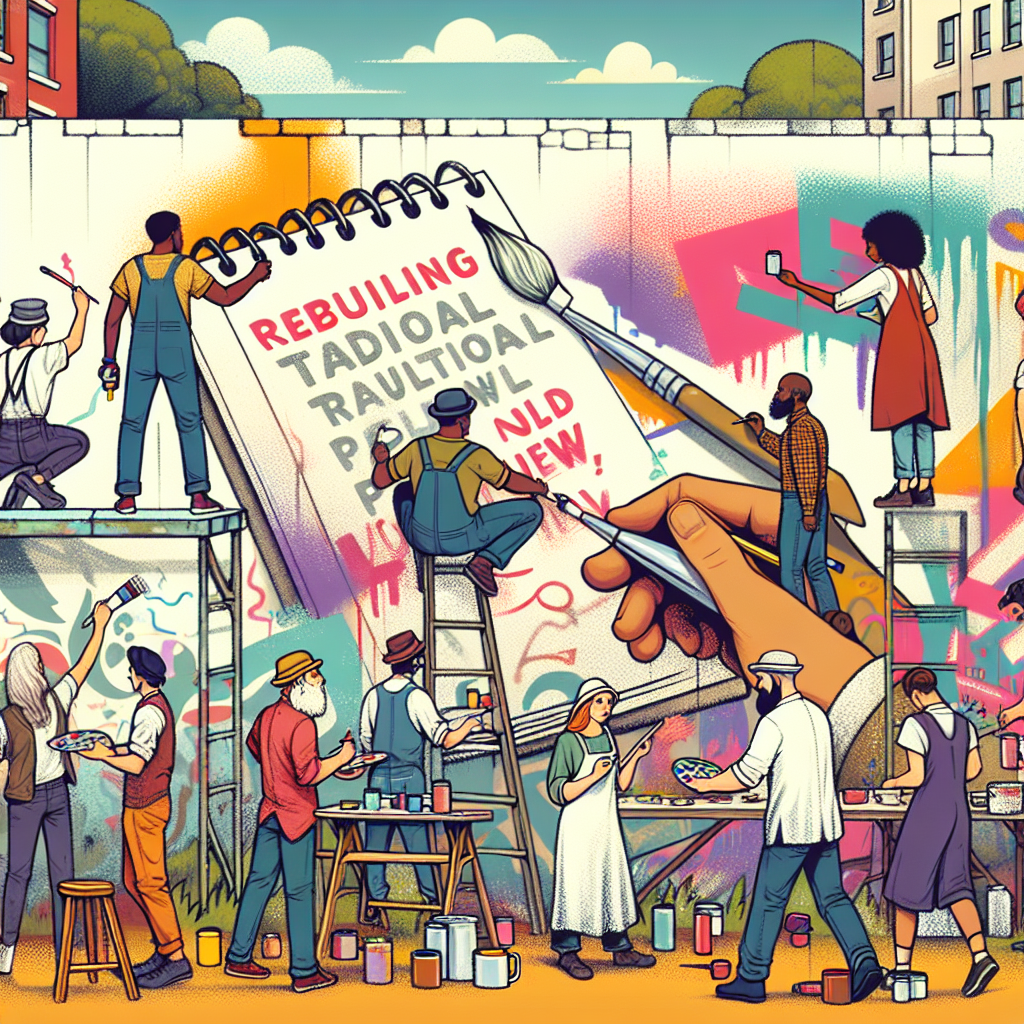Trend Analysis Introduction
Politics and street art may seem like disparate fields in society’s spectrum. However, a deeper investigative look reveals intricate links between the two domains, specifically through technology intervention.
The economic impact of the otherwise underground world of street art has been largely overlooked by traditional economic models until recently. The breakthrough moment came when ‘Cryptograffiti’, a celebrated street artist who uses cryptocurrency themes to inspire his work, sold one of his artworks via Bitcoin transaction.
1.Technology Overview
In an age where technology trends such as NFTs (Non-Fungible Tokens) are reshaping the conventional understanding of asset ownership and value mapping, Street Art finds itself emerging from shadows into legitimate channels.
2.Current State of the Art
Raply sought after pieces can change hands privately for millions while many artists have taken advantage of blockchain technology to sell their works directly to fans as unique digital tokens.
3.Key Innovations
- NFTs hidden in murals – producing real-world treasures hunts triggering interactive experiences between observers and creators.
A graffiti artist known only by the pseudonym “ThisIsAddictive” inserted miniature hardware wallets containing 0.05 Ethereum into each panel he painted on walls across major cities around the world. This was not only a bold commentary on societal treatment of value but also provided tangible benefits to ardent followers willing to decipher hidden clues in the artwork.
4.Market Adoption
Ethereum-based art markets such as OpenSea are fast becoming popular platforms for artists to release their works directly to consumers. This burgeoning market not only brings unprecedented financial independence and visibility for street artists but also poses a drastic shift in political landscape surrounding decentralized assets.
5.Technical Challenges
- Piracy – Artworks, sold as NFTs stored on a blockchain can nevertheless be reproduced on the internet, posing serious copyright issues.
- Sustainability – The energy consumption issue associated with Blockchain technology is another hurdle requiring significant cross-disciplinary collaboration to overcome.
6.Industry Applications
The potential applications of this movement are limitless. From museums hybridizing physical displays with digital interfaces to local governments using mural trails linked to crypto-rewards that support local business patronage, possibilities abound.
7.Future Development
Cities around the world might seek innovative partnerships between street artists, blockchain companies and civic organizations encouraging exploration of contradictions inherent in merging anarchistic street expression with regulated tech trends like cryptocurrencies.
Societal Impact & Ethical Considerations
The convergence of Street Art Movement and technology presents critical ethical considerations relating to power dynamics between creators and observers, custodianship rights within public spaces and democratization of artistic appreciation divorced from conventional gatekeepers like galleries or auction houses.
In conclusion; If history teaches us anything about cultural movements, it’s that they don’t occur in isolation. They’re shaped by broader social economic forces at play at that time. Thus ‘Street art movement gains recognition Rewrites the Playbook’ could very well be a reflection of our collective journey through this transformative era of technology and political shifts.

